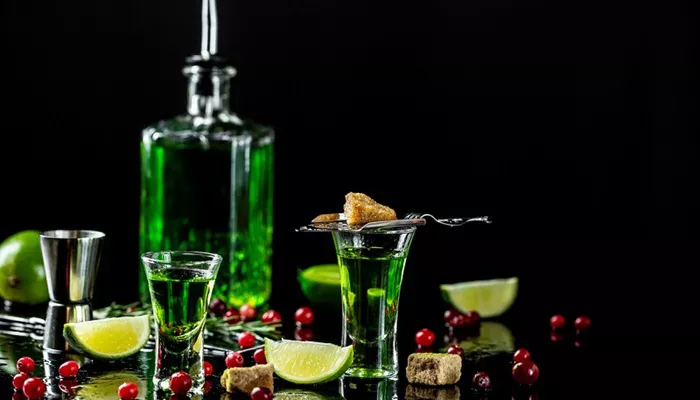Introduction
Origins of Absinthe
1. History of Absinthe
Absinthe was first developed in the late 18th century in Switzerland.
It quickly spread to France and other European countries, where it became popular among artists, writers, and bohemians.
The drink was associated with creativity, decadence, and rebellion.
2. Key Ingredients
Absinthe is made from a combination of herbs, including wormwood (Artemisia absinthium), anise, fennel, and other botanicals.
Wormwood is the main ingredient that gives absinthe its characteristic bitterness and psychoactive properties.
Production of Absinthe
1. Distillation Process
Absinthe is typically produced through a complex distillation process.
The herbs are macerated in alcohol and then distilled multiple times to extract their flavors and essences.
The final product is a highly concentrated spirit with a high alcohol content.
2. Aging and Blending
Some absinthes are aged in oak barrels to mellow the flavors and add complexity.
Blending different batches of absinthe can also create unique flavor profiles.
Characteristics of Absinthe
1. Color and Appearance
Absinthe is usually a bright green color, although it can also be clear or yellowish.
The green color is often achieved through the addition of natural herbs or artificial coloring.
2. Flavor Profile
Absinthe has a complex and distinctive flavor that combines bitterness, sweetness, and herbal notes.
The taste of wormwood is prominent, along with flavors of anise, fennel, and other botanicals.
Some absinthes also have hints of citrus, floral, or spice.
3. Alcohol Content
Absinthe is a very strong spirit, typically with an alcohol content ranging from 45% to 75% ABV.
This high alcohol content makes it a potent drink that should be consumed in moderation.
The Absinthe Ritual
1. Preparation and Serving
Traditionally, absinthe is served in a special glass called an absinthe glass or a pontarlier glass.
A sugar cube is placed on a slotted spoon and then dripped with ice-cold water over the absinthe.
The water causes the absinthe to louche, or turn cloudy, as the essential oils and flavors are released.
2. Social and Cultural Significance
The absinthe ritual was an important part of the social and cultural scene in the late 19th and early 20th centuries.
It was associated with artists, writers, and intellectuals who gathered in cafes and salons to enjoy absinthe and discuss art, politics, and philosophy.
See Also: Why Is Sirits Alcohol? A Comprehensive Guide
Controversy Surrounding Absinthe
1. Alleged Psychoactive Effects
Absinthe was long believed to have psychoactive properties due to the presence of wormwood.
Some people claimed that it caused hallucinations, madness, and addiction.
However, scientific research has shown that the psychoactive effects of absinthe were likely exaggerated.
2. Bans and Restrictions
Due to concerns about its alleged harmful effects, absinthe was banned in many countries in the early 20th century.
The bans were gradually lifted in the late 20th and early 21st centuries as more research was done on the safety of absinthe.
Modern Absinthe
1. Revival and Popularity
In recent years, absinthe has experienced a revival in popularity.
Craft distillers have started producing high-quality absinthes using traditional methods and natural ingredients.
Absinthe is now available in many bars and liquor stores around the world.
2. Different Styles and Varieties
There are many different styles and varieties of absinthe available today.
Some are traditional and follow the original recipes, while others are more modern and experimental.
There are also absinthes with different flavor profiles, such as fruity, spicy, or floral.
Absinthe in Culture and Art
1. Literary and Artistic References
Absinthe has been mentioned in many works of literature and art throughout history.
Writers such as Oscar Wilde, Ernest Hemingway, and Vincent van Gogh were known to be fans of absinthe.
The drink has been depicted in paintings, novels, and poems as a symbol of creativity, decadence, and rebellion.
2. Absinthe Memorabilia and Collectibles
There is a thriving market for absinthe memorabilia and collectibles, such as antique absinthe glasses, spoons, posters, and bottles.
These items are highly sought after by collectors and enthusiasts.
Conclusion
You might be interested


